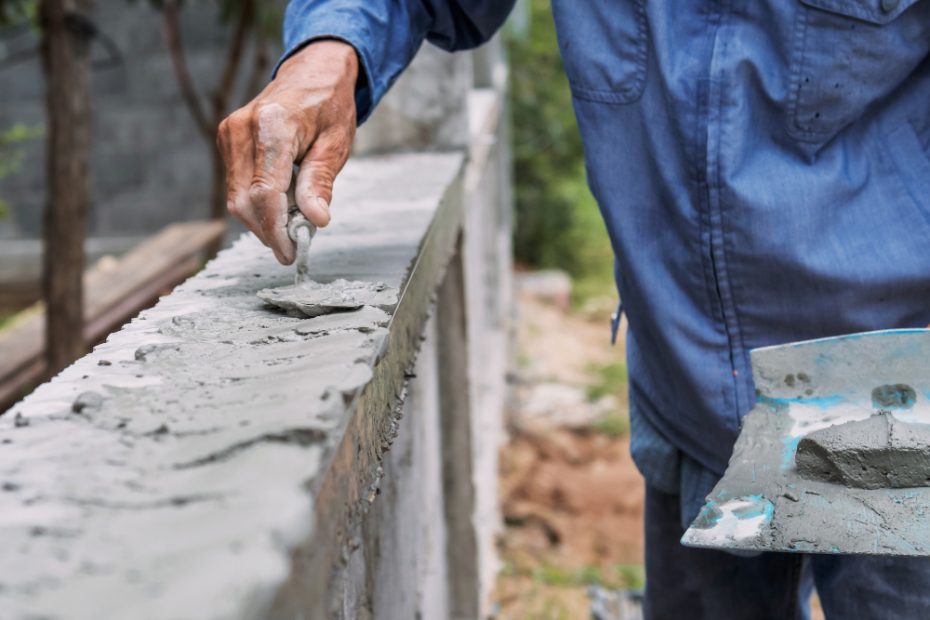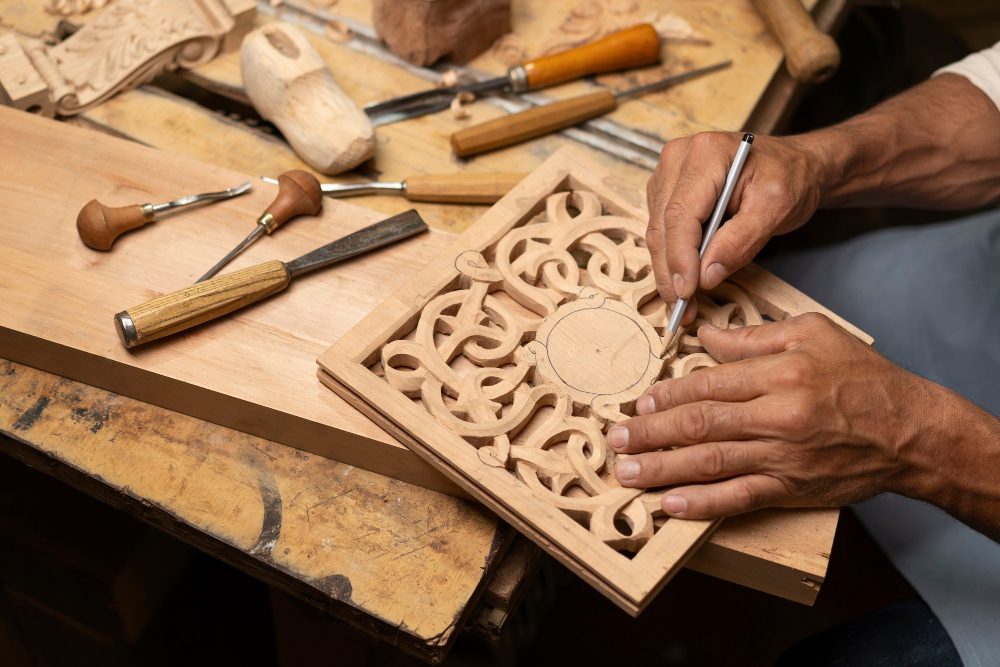How long does it take to train to be a stonemason?
If you have ever been fascinated by the artistry and craftsmanship of intricate stone structures, you may have wondered how long it takes to become a stonemason. The answer to this question can vary depending on several factors, including the level of training desired, the type of projects you wish to work on, and your own dedication and commitment to learning the trade. In this article, we will explore the different paths one can take to become a stonemason and the time it typically takes to acquire the necessary skills.
Training Options
There are several training options available for aspiring stonemasons. These include apprenticeships, vocational programs, and formal education in stonemasonry. The choice of training method often depends on personal preferences, career goals, and availability in your area.
An apprenticeship is a traditional route to becoming a skilled stonemason. This involves working under the guidance of an experienced professional who imparts their knowledge and expertise. Apprenticeships can last anywhere from 2 to 4 years, during which time you will receive hands-on training and gain practical experience in various aspects of stonemasonry.
Vocational programs offered by trade schools or community colleges are another option for those interested in pursuing a career in stonemasonry. These programs typically range from 6 months to 2 years and provide a structured curriculum that covers both theoretical knowledge and practical skills.
For individuals looking for a more comprehensive education in stonemasonry, there are formal degree programs available at certain universities and colleges. These programs can take 2 to 4 years to complete and offer a deeper understanding of the craft along with opportunities for specialization.
The Time Investment
The duration of stonemasonry training can vary depending on the specific program or apprenticeship chosen. However, in general, it can take anywhere from 6 months to 4 years to acquire the necessary skills to become a competent stonemason.
During the initial stages of training, you will focus on learning the fundamental techniques and tools used in the trade. This includes understanding different types of stone, practicing basic cuts, and developing an eye for detail. As you progress, you will be exposed to more complex projects and advanced techniques, such as carving intricate designs or restoring historical structures.
Factors Influencing Training Length
Several factors can influence the length of time it takes to train as a stonemason. These include:
- Prior experience: If you already have some experience or transferable skills related to construction or working with stones, you may be able to accelerate your training.
- Training intensity: The duration of training can be affected by the number of hours dedicated to learning each week. Full-time programs or apprenticeships generally offer a more immersive learning experience and can lead to faster skill development.
- Specialization: Some stonemasons choose to specialize in a particular area, such as heritage restoration or architectural carving. Specialized training can take longer due to the additional skills and knowledge required.
“Becoming a skilled stonemason is a journey that requires patience, dedication, and a genuine passion for the craft.”
How do you train to be a stone mason?
1. Finding an Apprenticeship
To become a skilled stone mason, the most common route is by completing an apprenticeship program. This involves working under the guidance of an experienced professional and gaining practical hands-on experience in the field.
Apprenticeships typically last around 3-4 years, during which time you will be taught essential skills such as cutting, shaping, and laying stones, as well as the use of different tools and techniques.
2. Formal Training Programs
If securing an apprenticeship is challenging, another option is to enroll in a formal training program offered by colleges or vocational schools. These programs often provide a combination of theory-based learning and practical training.
During the training, you will learn about various aspects of stonemasonry, such as construction methods, stone types, restoration techniques, and health and safety practices.
3. Specialized Courses
In addition to apprenticeships and formal programs, there are specialized courses available for those who want to refine their skills or specialize in a specific area of stonemasonry. These courses may cover advanced techniques, ornamental stone carving, or historic preservation.
Continuing education is crucial in keeping up with new developments in the industry and expanding your skill set.
4. Learning on the Job
While formal training is important, much of the training to become a stone mason happens through practical experience gained on the job. Working alongside experienced masons allows you to learn important techniques and tricks of the trade.
On-the-job training helps you develop a deep understanding of different types of stones, their properties, and how to handle them effectively.
5. Mastery through Experience
Becoming a highly skilled stone mason takes time and experience. It requires patience, dedication, and a willingness to continuously learn and improve. As you gain more experience, you will have the opportunity to work on more complex projects, honing your skills and becoming a master of your craft.
Conclusion
In summary, the journey to becoming a stone mason involves finding an apprenticeship or enrolling in a training program, supplemented by specialized courses, on-the-job training, and continuous learning. Mastery in this trade is achieved through years of experience, allowing you to become a skilled craftsman capable of creating beautiful structures and preserving our architectural heritage.



